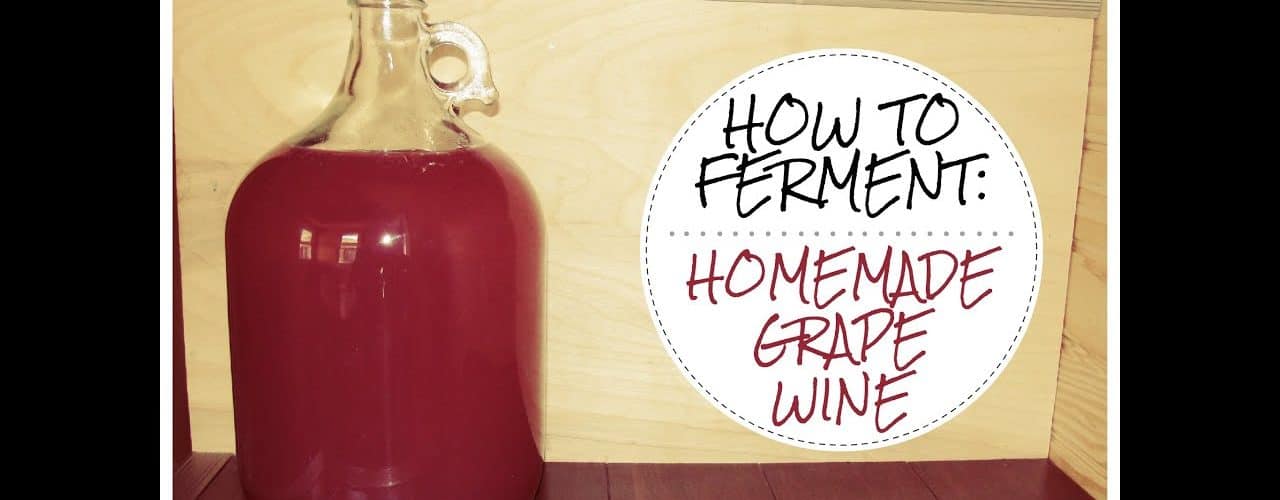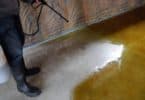Gardeners who grow their own grapes sometimes find themselves with more grapes than they can use. You can only eat so many fresh grapes, so something else must be done with the rest to keep them from spoiling and going to waste. Once you’ve canned enough grape jelly to last for the rest of the year, what do you do with the rest? Why not make your own homemade wine?
Before you get started, you’ll need some supplies. The items you will need are a grape press, 4-gallon primary fermentation container, 2 or 3 1-gallon glass jugs to use as secondary fermentation containers, an airlock and bung (a type of cork) for each jug, a large nylon mesh straining bag, 10-15 wine bottles and corks to fit them, a hand corker, a hydrometer to measure sugar content, an acid titration kit to measure acid level and a thermometer. You can find these items at a wine making supply store.
While you are shopping for the equipment you will need to make your homemade wine, you should also pick up the following ingredients, which will be used in making the wine: Campden tablets, yeast nutrient, wine yeast, pectic enzyme, acid blend and grape tannin.
Now find a simple wine recipe to use for your first homemade wine. Then choose your grapes. Crush a couple of the grapes and taste the juice. Use your hydrometer to test their sugar content. A reading of 22-24 brix is ideal. Now wash the grapes and be careful to make sure that you remove all of the stems. If you leave any stems in the grapes, your wine will taste bitter.
Depending on the recipe, you may need to crush, chop, soak, press or boil the grapes to extract the flavor, or perhaps a combination. You must follow the extraction procedure exactly. Deviation from the recipe will affect the flavor of the wine. Once extracted, the fruit is referred to as “must.” This is placed into the primary fermentation container along with any additives called for in the recipe. Make sure you do not use bread yeast in your wine. The type of yeast required for wine making is different. Place a piece of cloth over the fermentation container and hold it in place with a large rubber band until the initial fermentation is complete in about 3 to 10 days.
Now transfer the wine into the 1-gallon glass jugs. These are called “carboys.” Strain the pulp out of the wine as you pour it into the jugs. You’ll need to use a funnel to keep from spilling the wine. Now seal each jug with an airlock and let the wine ferment. This will take several weeks.
Over the next few months, you will need to rack the wine. This is the process of siphoning the good wine away from the sediments and into a clean fermentation container. A flexible plastic tube is used for siphoning.
The last step in the process is to bottle the finished wine. Usually, the easiest way to do this is to use the siphoning tube to transfer the wine into the bottles.
Be careful not to fill the wine bottles too full, and cork them tightly. The bottles should be set upright for three days, then stored on their sides. It is best if the wine is kept at a temperature of 55 degrees Fahrenheit while it ages. For white wine, wait at least six months before tasting the wine. For red wine, you must wait at least one year.
<>







